Home Sharing experiences
Experience building materials selection
Date Submitted: 07/07/2016
CHOOSE BUILDING MATERIALS FOR BUILDING
.jpg)
.jpg)
1. Cement
Cement is a substance that binds the sand, stone and water components together to form an artificial stone (concrete). Cement is the most important component in bricklaying and pouring. Choosing the right cement will ensure the stability of the building. Choose a reputable cement brand that has a reputation and is trusted by contractors as well as architects. You may have to spend a lot of money later to fix it if you save a few thousand dong when buying cement to build and then you can not replace or improve it like with tile roof or with some other things. If it's bad quality you have to beat to do it again. The cost of purchasing cement accounts for only a small part of the total value of the building. Normally cement accounts for 7% - 9% of the total value of the project. So when choosing cement, make sure you make the right decision.
2. Cat
Quality sand can be easily identified by taking a sandblast and then holding hands. Any dirt (like mud) will stick to the palm of your hand. In clay sand, grit or other contaminants may affect the work. They need to be screened out of the sand before use. A more scientific way to test is to pour sand into half a glass, add a little water and stir. Sand will settle to the bottom, sand dirt will appear clearly. It is a principle that if the amount of sludge or dirt exceeds 3% of the total sand weight, the sand must be cleaned before use. In short, quality sand is sand that can not contain clay, dirt, mica or shellfish. Do not use saline or saline sand in concrete and rough construction.
3. Stone
Raw materials are usually small stones that increase the strength of the concrete. Rock used for concrete is the current popular rock is 1x2 (the largest particle size 20mm - 25mm). Stone raw material must be clean impurities when mixed into concrete. While selecting the stone, you need to note the factors - Common stones in the shape of blocks, not much impurities and less flat particles; - impurities must be immediately removed by sieving and washing;
4. Water
If you use tap water from the water supply system, there is no need to worry. If you use well water or other sources, the water must be clean, free of dirt. Absolutely do not use sea water, alum water, pond water, brackish water, water with oil, grease to build houses. The amount of water that is suitable for the cement ratio will help to make it work.
5. Concrete
Concrete and mortar Concrete is a type of artificial stone that is formed by pouring and solidifying the mixture with a reasonable proportion of the components of cement, water, sand and additives, if any. In which: - Stone and sand (aggregate) acts as a framework for bearing; - Adhesives and water (lakes) wrap around the aggregate as a lubricant and fill gaps between the aggregate particles; - mortar is a mixture of sand, cement and water in a certain proportion; You also need to pay attention to the maintenance work. The quality of concrete and mortar will be reduced (the strength is not reached) without proper and proper maintenance: - For plaster mortar: should maintain moisture continuously for 7-10 days - For Note: - It is recommended to use calcined algae ≥250 (2: 3: 5 - 1 cement bag + 3 stone boxes) for piles: Reinforced concrete, foundation, marble, underground works, columns, terrace floor; - Use concrete grade ≥ 200 (1: 2: 3 - 1 cement bag + 4 sand boxes + 6 sandbars) for the remaining parts; - Mortar using ratio: 8 sand barrels (1: 4), use sand size ≥ 2 (use concrete sand as possible). - 10 pieces of sand (1: 5), if using too small sand, use 1: 4 or 1: 4.5 ratio; - "Bin" here is paint bucket or bucket 18 liters. Note that the bucket is usually smaller.
6. Brick
Tiles can be checked through observation. Usually, good bricks should have standard shapes with sharp edges. Colors are the same and ensure good quality. And here are the ways to check for quality brick: - When breaking a brick, it will not break into many small chips; - Brushing two bricks together, quality brick will emit a decisive sound; - Try to drop a brick at a height of about 1 meter, good bricks will not break; Soak bricks into the water for about 24 hours then check the weight of it. If you weigh more than 15% you should not use this type of brick.
7. Steel
Concrete has good compressive strength with good pulling force and bending force. To overcome this, the steel bar needs to be placed in concrete for additional strength. Therefore the term reinforced concrete. Choose steel from reputable brands in the market. You should refer to the size and type of steel from your architect. Note: Construction steel is usually smaller than the steel bar. Example: Parameter is phi 12 is actually only phi 10.
8. Forms
Formwork is used to make concrete pouring. The right size of the design must ensure the strength of the concrete. This is actually the contractor's job. You can note with your supervisor this issue when proceeding to build.
9. Electricity, water
These devices will be installed inside the building so you should choose the product of origin and quality prestige and design suitable for the house.
related articles
Photo event
News - Events
Promotion

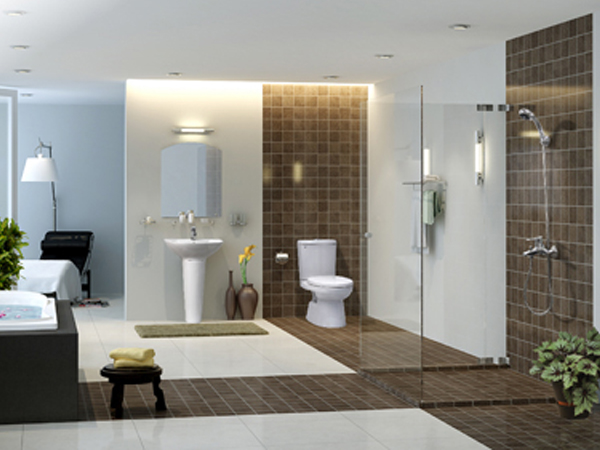

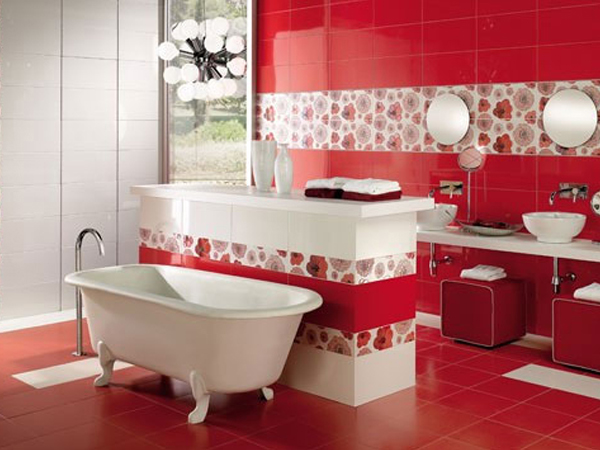
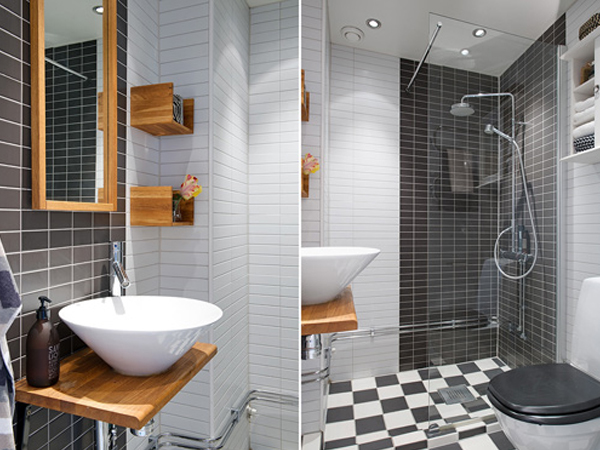

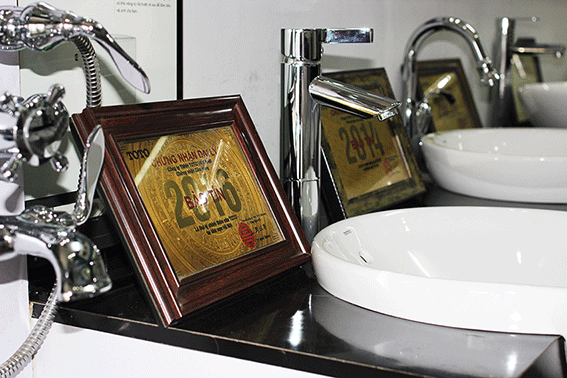

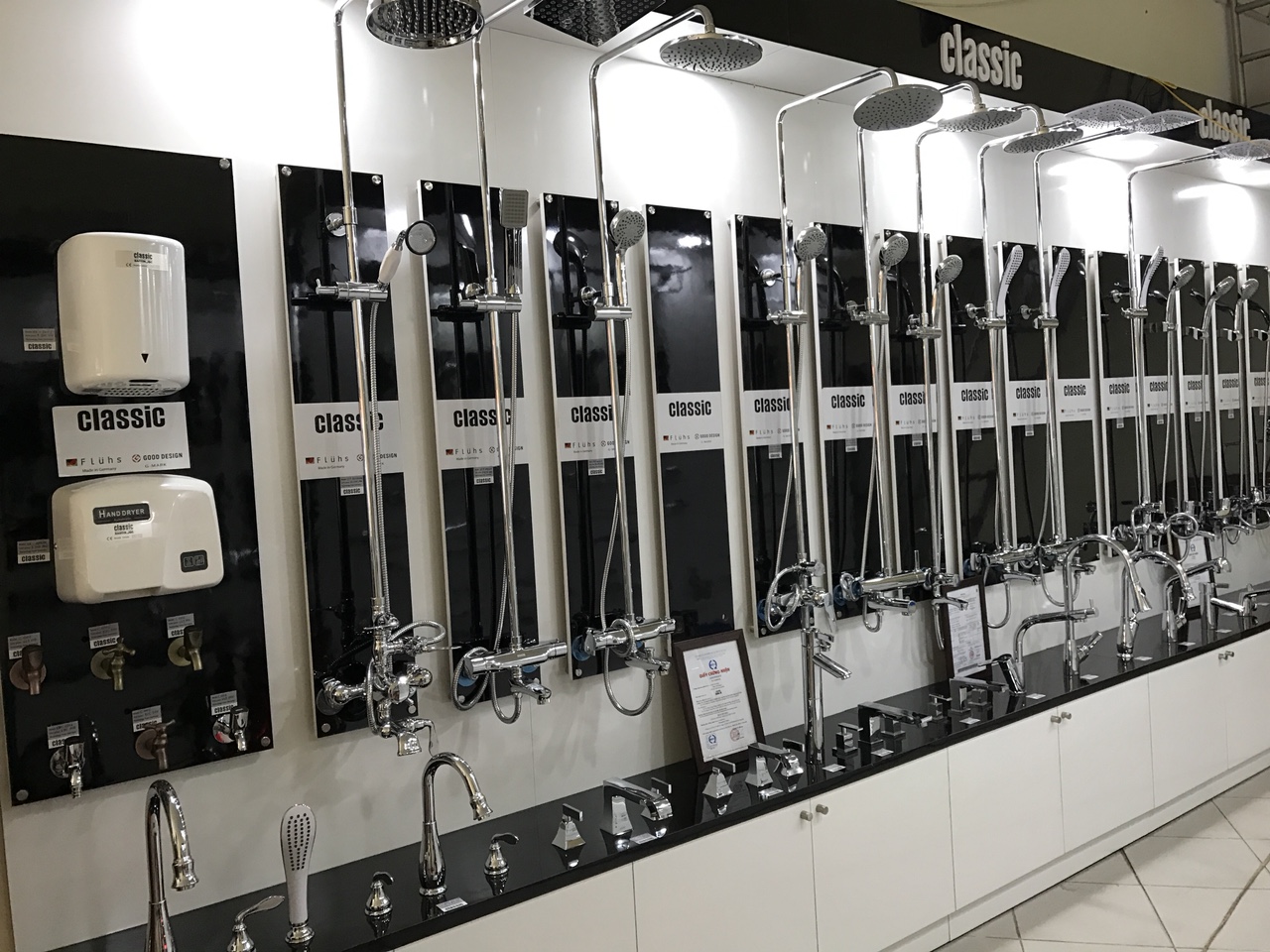

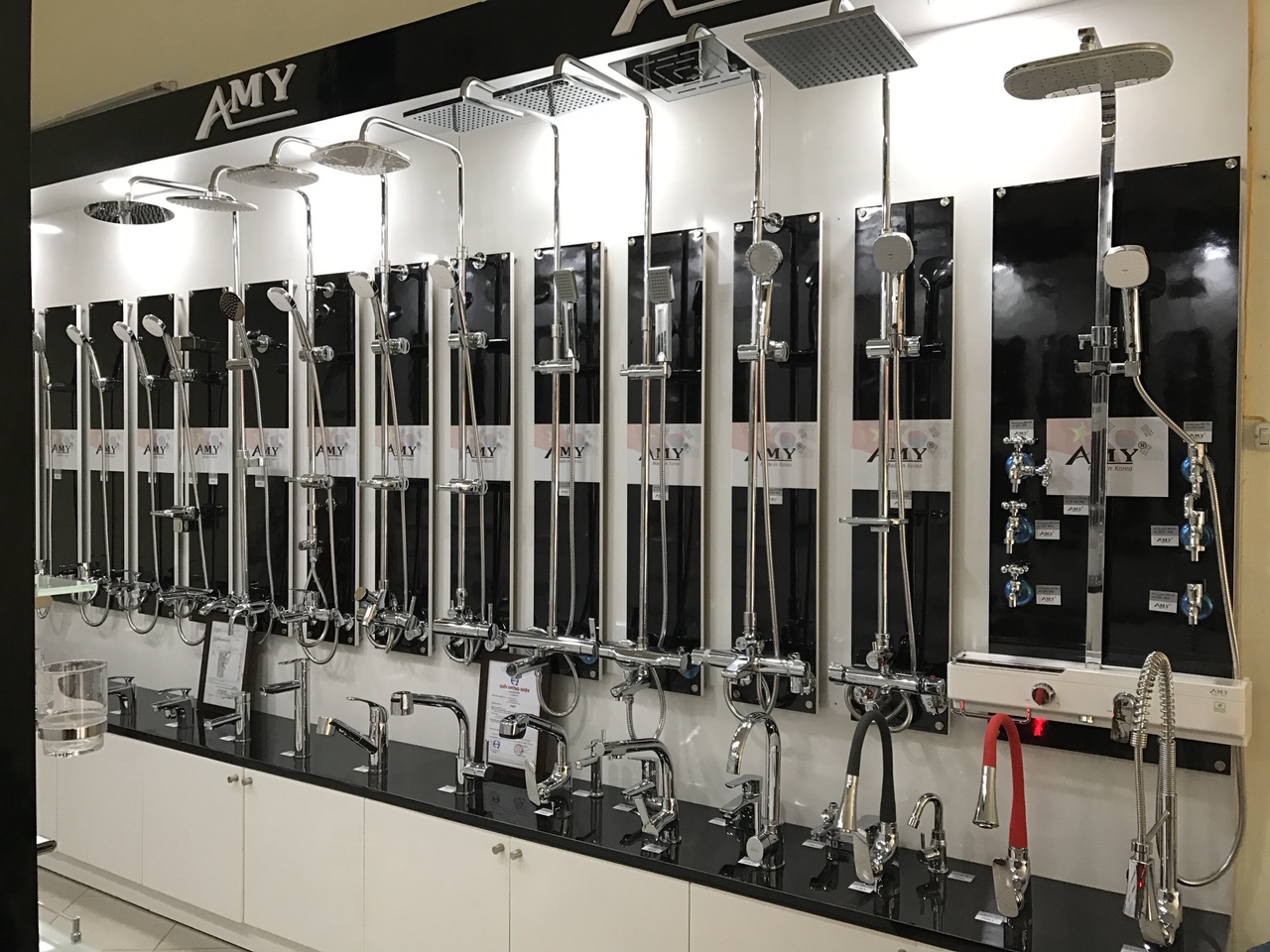

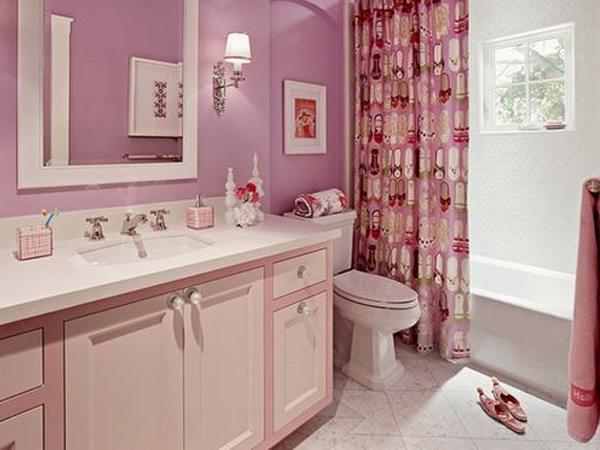


 IMPORT & EXPORT IN VIET NAM AMY BRAND PRODUCTS - www.senvoiamy.com
IMPORT & EXPORT IN VIET NAM AMY BRAND PRODUCTS - www.senvoiamy.com